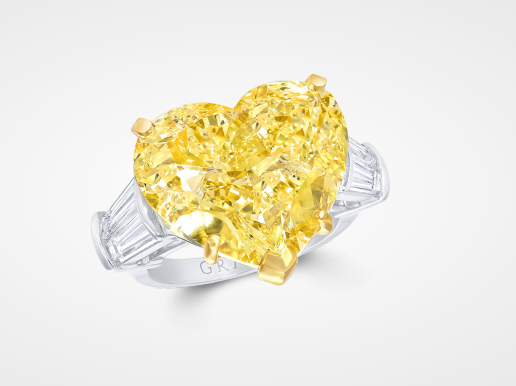
In the 1950’s a Man named Richard T. Liddicoat along with a few other gentlemen developed the system we know today as the 4cs. The 4cs stand for 4 categories that relate to diamonds and how they are priced. They are cut, color, clarity and carat. each refers to a different aspect of the diamond and all affect the price of the diamond. Judi K asked me what the differences are in clarity. Clarity is an incredibly important aspect of a diamond. Diamonds form thousands of feet below ground in intensely hot, and high pressure environments. Often due to the way they form, diamonds have what are known as inclusions. These are deformities with the diamonds themselves and affect the stability of the stone, as well as the way light is bent and refracted through the stone. The higher the clarity grade and the better cut the stone, the more it will sparkle and refract the light correctly. It will be pleasingly clear, and free of both glaringly obvious imperfections, as well as those hard to see even under a microscope. The lower the clarity, the less light the stone will return, and inclusions will be easier to see, even for those with an untrained eye.

The clarity grades are as follows;
- Flawless- No inclusions or blemishes are visible to a skilled grader at 10x magnification
- Internally Flawless- Only Blemishes and no inclusions are visible to a skilled grader at 10X magnification
- Very Very Slightly Included (VVS1 & VVS2)- Inclusions are extremely difficult for a skilled grader to see at 10X magnification
- Very Slightly Included (VS1 & VS2)- Inclusions are minor and are anywhere from difficult to somewhat easy for a skilled grader to see at 10X magnification
- Slightly Included (SI1 & SI2)- Inclusions are visible to a skilled grader at 10x magnification
- Included (I1, I2, & I3)- Inclusions are obvious under 10x magnification and may affect transparency and brilliance.
Price obviously plays a part in what clarity grade you will choose. It’s also a matter of preference some people prefer a perfect stone and don’t care how large the stone is, other care solely about size. Just make sure that whatever flaws you’re stone does have, they don’t affect the stability of the stone. Having the stone appraised by an independent lab like GIA, or having the ring itself appraised by an independent jeweler is always an important step to take and one you should take to protect yourself.
